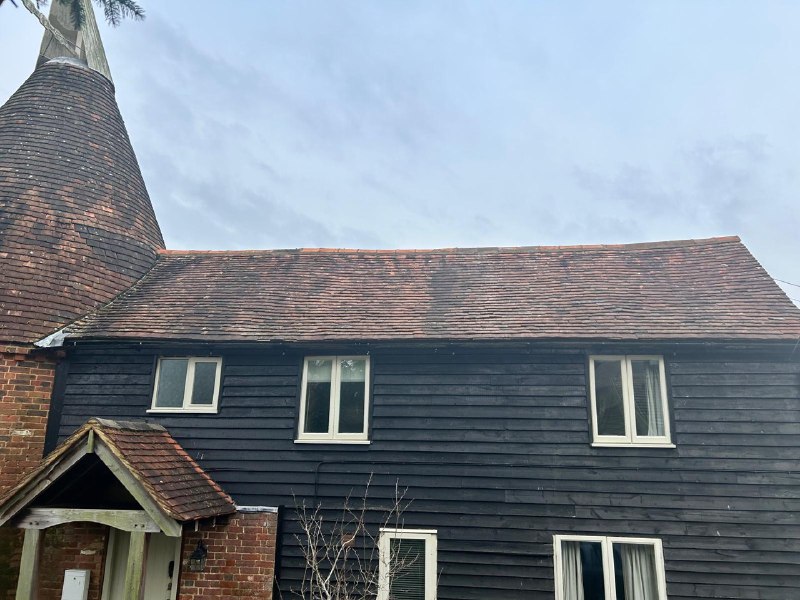Introduction: While slipped tiles can be a common roofing issue, understanding the underlying factors contributing to this problem is essential for effective prevention. Roof flashing, often overlooked but crucial, plays a significant role in safeguarding against slipped tiles. In this blog post, we’ll delve into the importance of roof flashing and how it helps prevent tiles from slipping, ensuring your roof’s long-term stability and integrity.
What is Roof Flashing?
Roof flashing is a thin, waterproof material installed at vulnerable roof areas to prevent water infiltration and protect against moisture damage. It is typically made from metal, such as aluminium, copper, or galvanised steel. It is installed in areas where the roof meets vertical surfaces or transitions occur, such as chimneys, skylights, vents, and valleys.
How Roof Flashing Prevents Slipped Tiles:
- Water Diversion:
- One of the primary functions of roof flashing is to divert water away from vulnerable areas of the roof where tiles are more prone to slipping. Flashing creates a watertight barrier that directs rainwater away from seams, joints, and intersections, preventing water from seeping underneath the tiles and compromising their adhesion.
- Sealant Protection:
- Roof flashing is often installed with roofing sealants or caulking to create a secure seal and further reinforce vulnerable areas. Sealants help prevent water intrusion and provide additional protection against moisture penetration, reducing the risk of tiles becoming dislodged or slipping due to water damage.
- Structural Support:
- In addition to waterproofing, roof flashing provides structural support and reinforcement at critical junctures of the roof. By reinforcing seams, edges, and transitions, flashing helps distribute the weight and stress evenly across the roof surface, minimising the likelihood of tiles shifting or sliding out of place.
- Expansion and Contraction:
- Roof flashing accommodates roofing materials’ natural expansion and contraction in response to temperature fluctuations. As temperatures change, roofing materials may expand or contract, leading to movement and potential displacement of tiles. Properly installed flashing allows for movement without compromising the integrity of the roof assembly.
- Longevity and Durability:
- High-quality roof flashing is durable and long-lasting, providing reliable protection against water intrusion and tile slippage for years. Investing in quality flashing materials and professional installation ensures that your roof remains secure and stable, minimising the need for costly repairs or replacements.
Conclusion: Roof flashing is crucial in preventing slipped tiles by effectively diverting water, sealing vulnerable areas, providing structural support, accommodating thermal movement, and ensuring long-term durability. By incorporating quality flashing materials and professional installation techniques, homeowners can safeguard their roofs against water damage and maintain the integrity of their roofing system for years to come.
Call us on: 0115 647 1193
Click here to find out more about Radcliffe on Trent Roofing Repairs
Click here to complete our contact form and see how we can help with your roofing needs.

